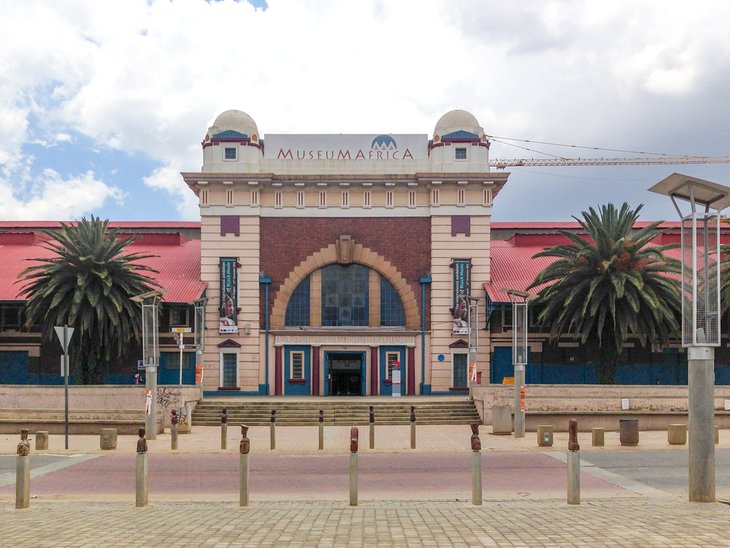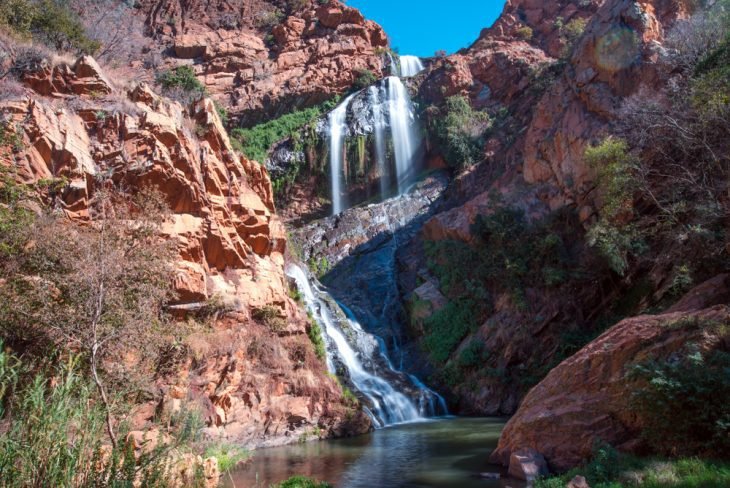Johannesburg North Attractions - The Facts
Johannesburg North Attractions - The Facts
Blog Article
A Biased View of Johannesburg North Attractions
Table of ContentsJohannesburg North Attractions Things To Know Before You Get ThisNot known Details About Johannesburg North Attractions Johannesburg North Attractions Fundamentals ExplainedJohannesburg North Attractions Things To Know Before You BuyUnknown Facts About Johannesburg North AttractionsThe Of Johannesburg North Attractions
The city owes its location to the existence of a a lot more priceless resource: gold. The city expanded on the edge of the Witwatersrand Key Reef, a below ground stratum of gold-bearing quartz-silica conglomerate that arcs for hundreds of miles underneath the Highveld. The majority of the gold mines in the city discontinued operation in the 1970s, yet in its day the Witwatersrand gold sector made up even more than 40 percent of the globe's annual gold manufacturing.Johannesburg has a warm environment. Summertime temperatures average regarding 75 F (24 C); wintertime temperatures average about 55 F (13 C) and just occasionally dip below cold. The city appreciates about 8 hours of sunlight daily in both winter and summer season. Rainfall averages concerning 28 inches (700 millimetres) per annum, yet the overall differs substantially from year to year.
What rain the city receives drops virtually solely in the summertime months, usually in magnificent late-afternoon electric storms., where many citizens still depend on coal for gas.

All about Johannesburg North Attractions
The equilibrium of the city is inhabited by whites. Accommodation varies in personality and top quality.
Physical growth, although rather limited by transportation, continued quickly as immigration to South Africa, and Johannesburg particularly, boosted significantly. This issue was solved in the 1930s when the car was presented in automation to South Africa. Autos were, for the most component, restricted to the affluent, and permitted them to transfer to the north of the city and commute into the centre.
A lot of bad residential areas were mixed, with inadequate blacks and whites cohabiting, although the wealthy suburbs were usually reserved for whites. This altered with the election of the National Party in the 1948 political elections, who started to formalise the system called discrimination. Racism officially marked which residential areas each race can reside in under the Group Areas Act.
The number of people living in the inner city on an informal basis is unidentified, as many are prohibited immigrants. The unemployment, education and learning, and age accounts of the location are all unidentified, due to the trouble of getting dependable details regarding the location.
Excitement About Johannesburg North Attractions
Centred on the CBD, the region includes the residential areas of Yeoville, Bellevue, Troyeville, Jeppestown, and Berea to the east. To the west it spreads out to Pageview (Johannesburg North go to website attractions) and Fordsburg. There are small industrial parks to the south, such as City West-Denver and Benrose. Around 800,000 travelers go through the internal city daily, and it works as a local buying node for visitors from the southern residential areas. Yeoville and Bellevue have a mix of house structures and single property units on small lots. The area is situated on a mountainous divide that runs from east to west.

Johannesburg Stadium, a training school for both the Golden Lions and Orlando Pirates, is adjacent. The eastern suburbs of Johannesburg are located in the city's 7th [] and 9th [] areas. The area is additionally functionally integrated with East Rand border communities beyond the main boundary of Johannesburg, such as Bedfordview and Edenvale (both component of Ekurhuleni Metropolitan District).
Not known Details About Johannesburg North Attractions
The eastern suburbs are some of the earliest locations of Johannesburg, there are big areas of Jewish and various other European backgrounds, the majority of the populace is English speaking. There are 3 golf courses as well as a number of secured ridges with viewsites.
Originally constructed to house male migrant employees, lots of have actually been improved as homes a knockout post for pairs and families. The suburban area was not historically enabled visit here to develop employment centres within the location, so almost all of its citizens are travelers to other components of the city.
Examine This Report on Johannesburg North Attractions
The residential areas in the northern residential areas are mainly formal, with no substantial areas of informal housing, or housing that does not have an irreversible framework. This is a recognized location, there is a pattern of land usage change from domestic to commercial, specifically along primary arterial roads and around well-known nodes.
The location is well connected to roadway networks, especially along the north-south axis formed by the M1 and N1. Roads to the eastern and west are much less well developed, as there are no freeways travelling because instructions. Towards the northern boundary of the city, the thickness of development lowers, leaving large locations of primitive land around Midrand.
7 Easy Facts About Johannesburg North Attractions Described
, which is located on a hillside ignoring the internal city and Hillbrow.
Report this page